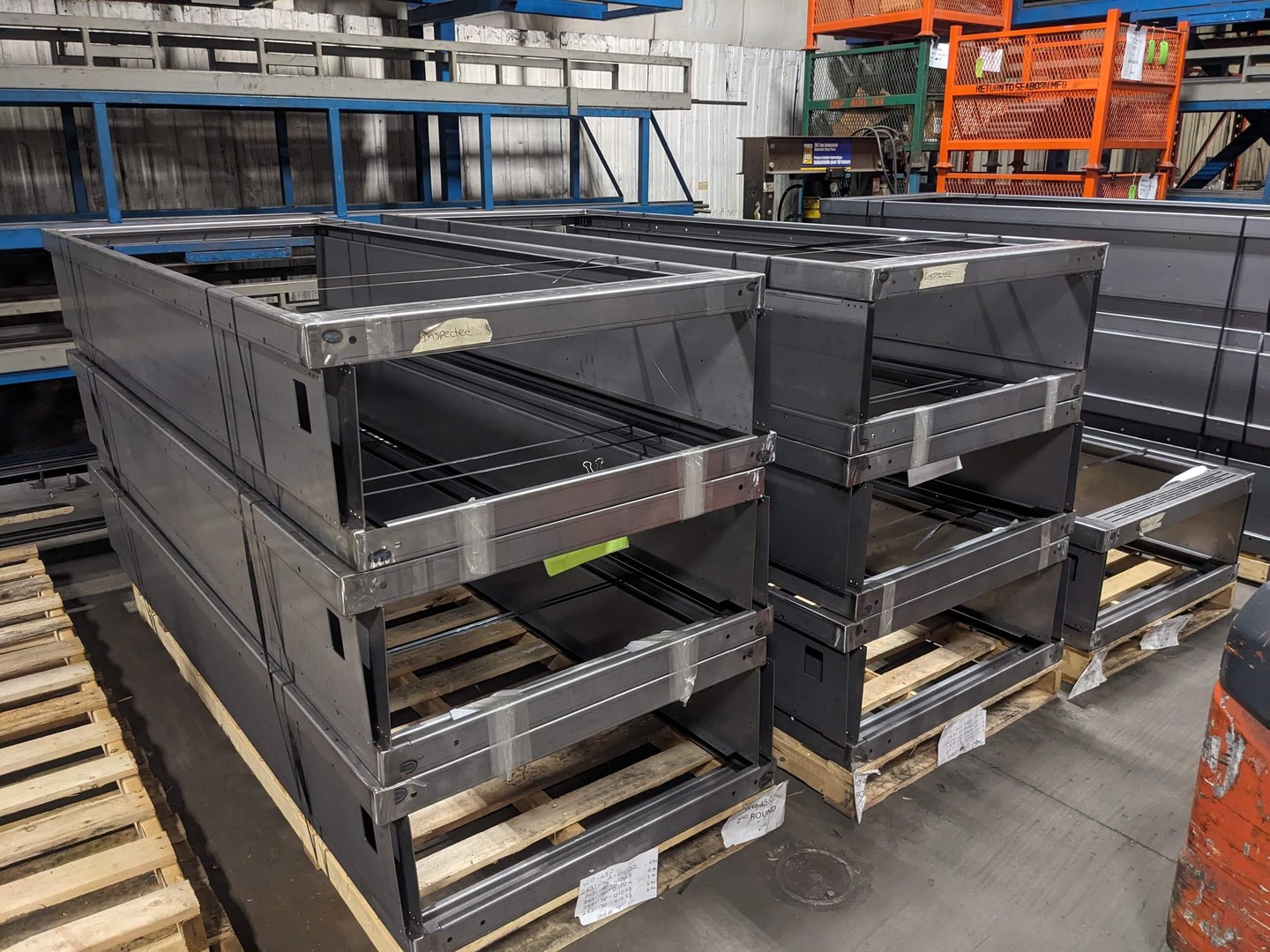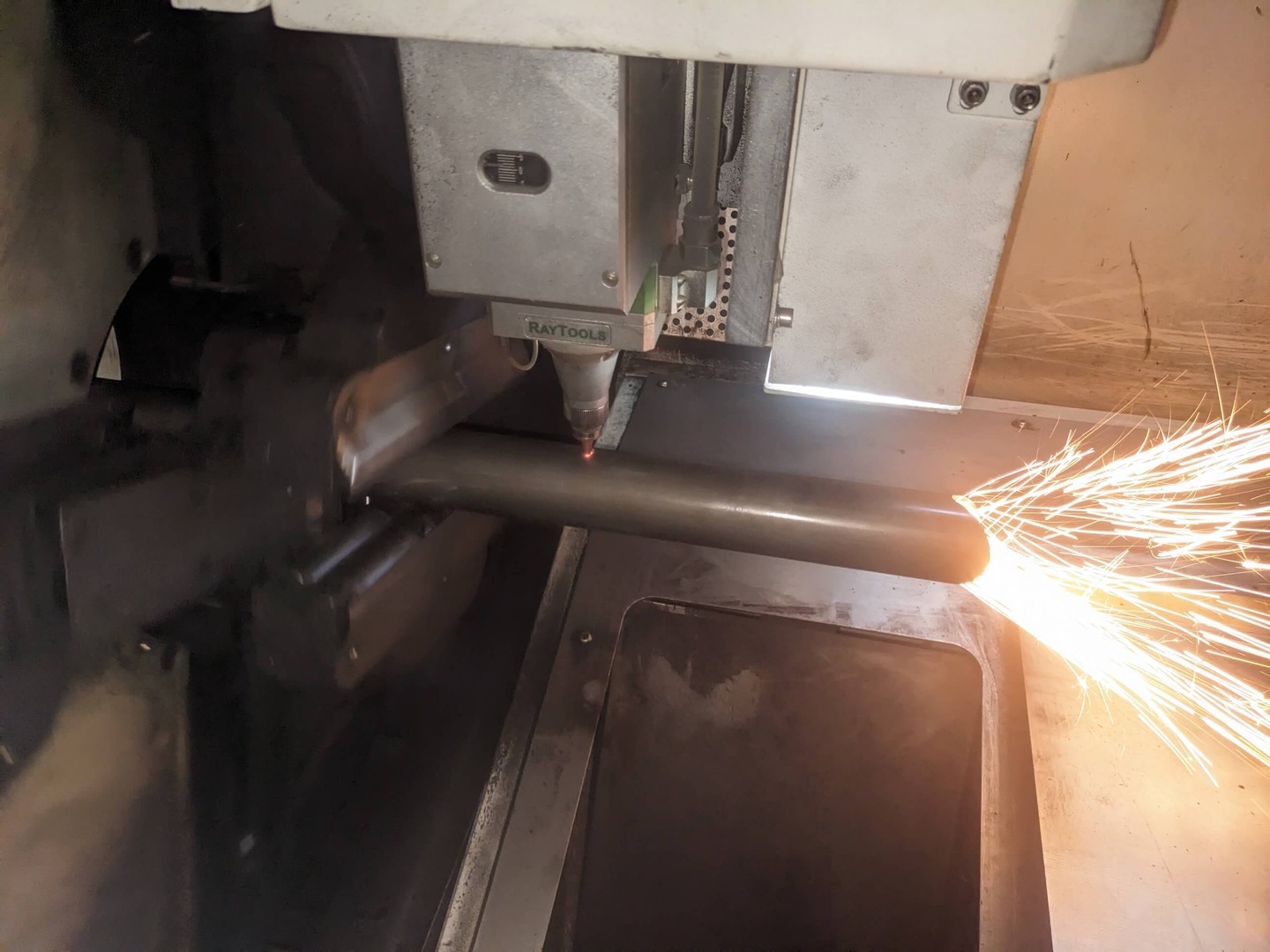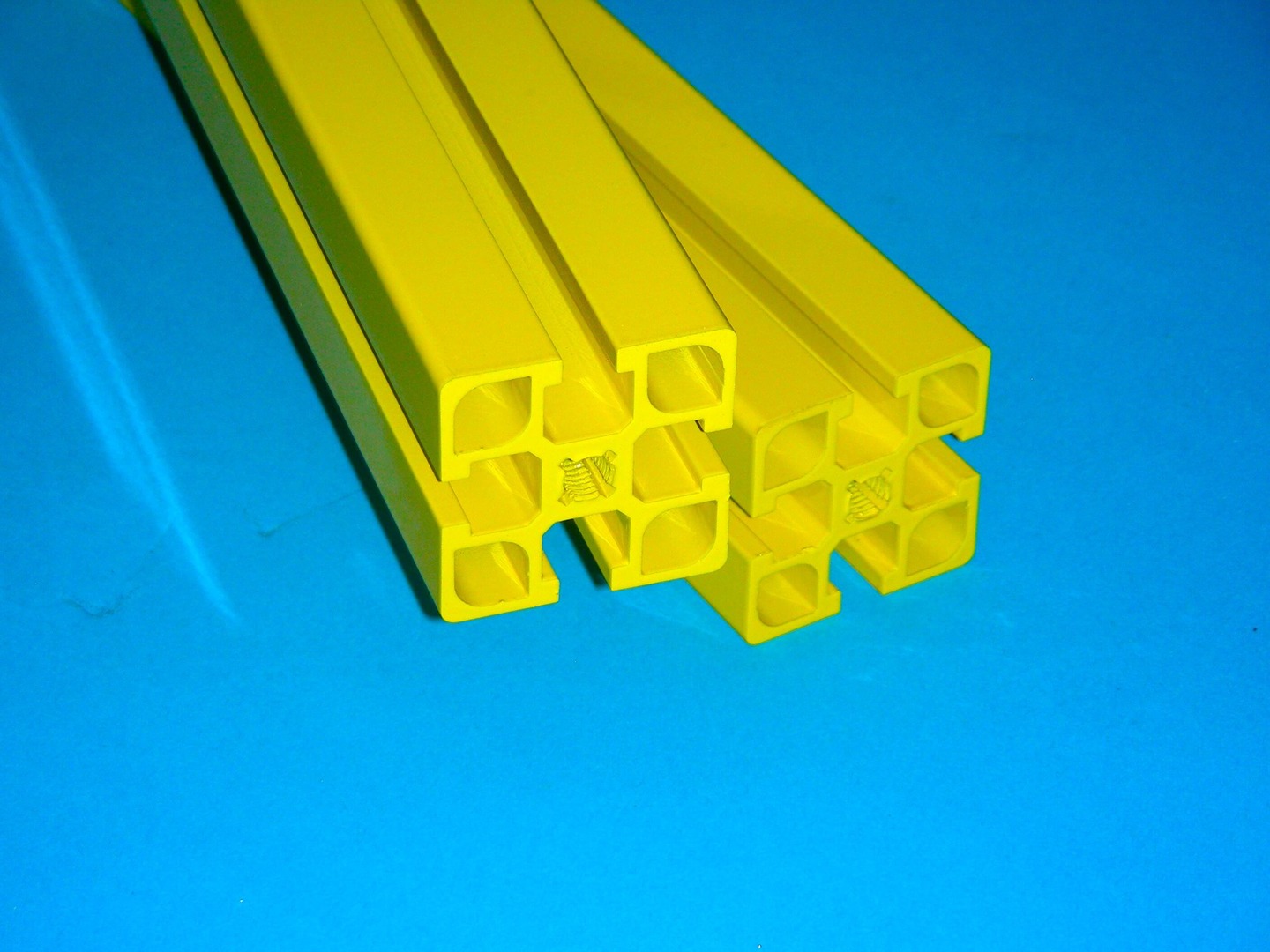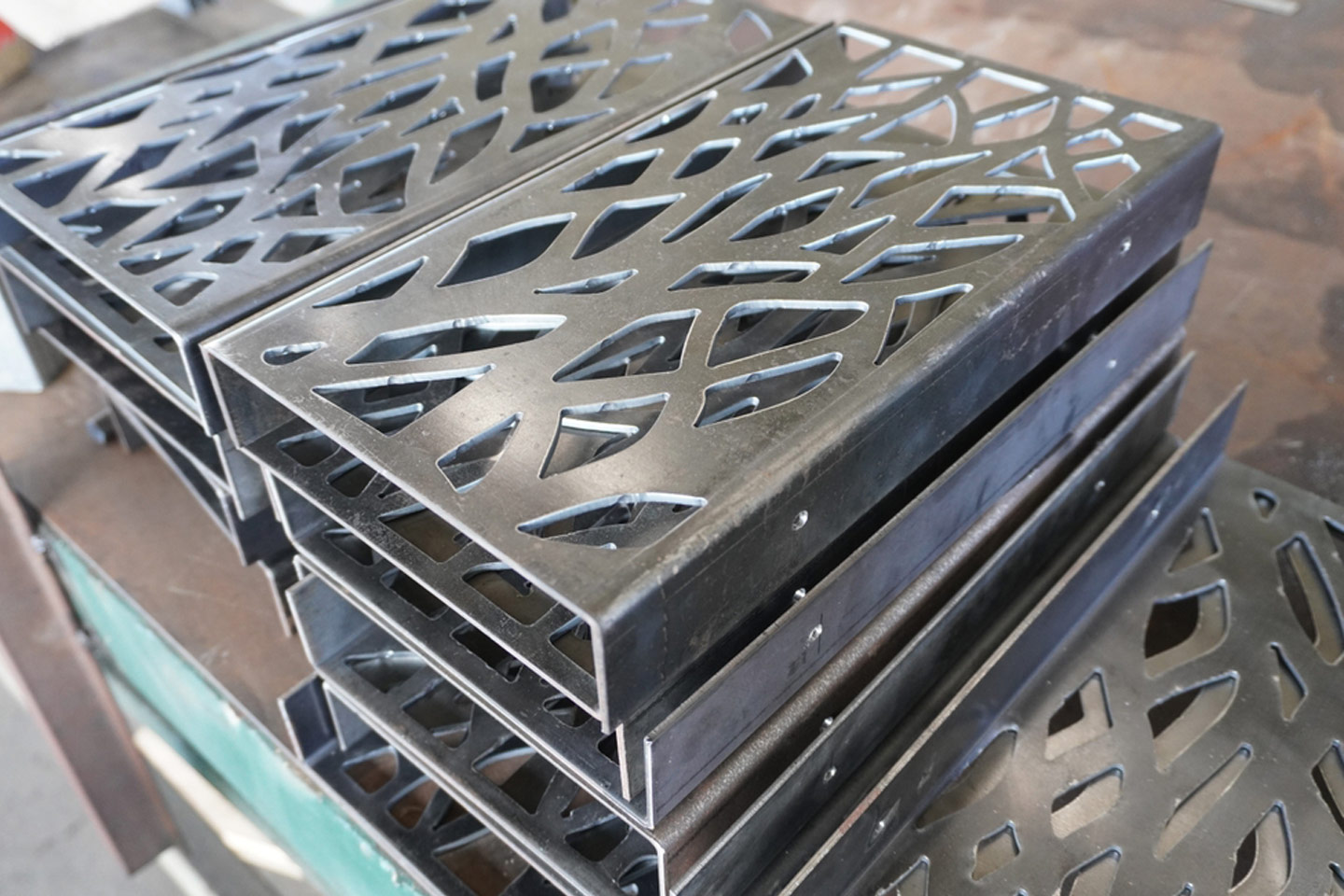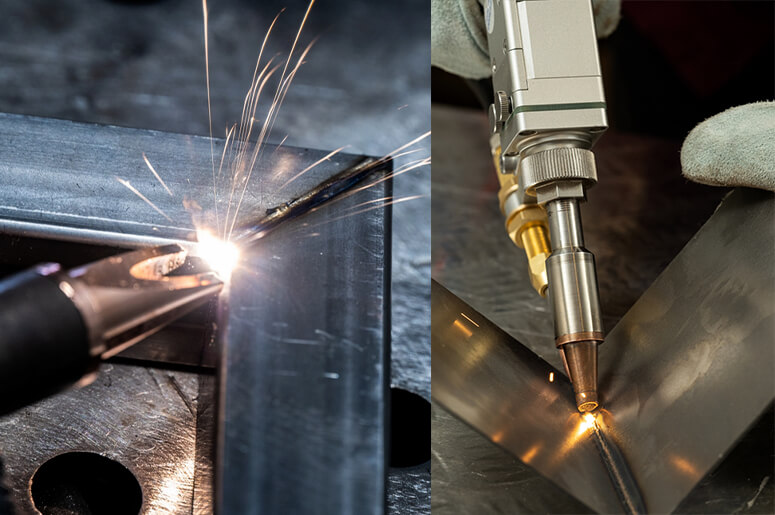Laser welding has emerged as a game changer in the ever-changing world of metal fabrication. Offering high precision, speed, and versatility, laser welding is finding more and more applications. Seaborn Manufacturing and a couple of Toronto welding companies have embraced this advanced technology. Let’s take a look at it.
The Rise of Laser Welding
MIG, GMAW, and TIG welding have been the backbone of welding for generations. They have advanced but do come with limitations—these commonly being warping, excessive heat input, and slower processing times. Laser welding uses a concentrated beam of light to generate intense heat in a very controlled manner. This allows for deep penetration and minimal heat distortion. Laser welding offers precise, clean welds.
Where laser welding stands out is its ability to join thin materials without causing excessive heat distortion. This is particularly beneficial where appearance matters or long unsupported joints (butt joints & lap joints) need to be performed without distorting.
Benefiting from Laser Welding
Thin metal panels or delicate mechanical components can benefit from laser welding. Common welding techniques, like TIG or MIG welding, can introduce excessive heat, leading to warping, oxidation, or material degradation. This is particularly problematic for thin-gauge metals, where maintaining structural integrity and dimensional accuracy is critical. Traditional welding relies on conducting electrical current from the stinger to the part being welded. That current does not just follow the weld seam but flows through the part. Much of the current is lost to “heating” the part being welded.
Laser welding excels at joining gauge metals with minimal thermal distortion. The heat for welding is delivered directly to the weld joint. While the same heat to melt the metal needs to be reached, the heat is far more focused. For example, in a butt joint, laser welding provides a strong, clean bond with minimal filler material. A butt joint is where two edges are joined directly without overlap. These benefit from laser welding’s precision, ensuring a smooth, nearly flat seam. This is extra useful in applications where post-processing, such as grinding or polishing, can be minimized.
While laser welding is highly effective for precision gauge metal work, it is not for heavy structural welding applications.Thick metal sections require deeper penetration, larger welds, and often multiple passes, which laser welding does not do well. Structural welding remains with traditional arc welding techniques. For applications requiring accuracy and minimal thermal distortion, laser welding is an excellent choice.
Why Welding Companies Are Investing in Laser Welding
With manufacturing hubs growing rapidly in Canada, some Toronto welding companies are turning to laser welding to provide best-in-class service. One standout company leading the way is Seaborn Manufacturing, which has integrated laser welding into its high-precision fabrication services for several years now. Here’s why this shift is happening:
- Speed and Efficiency: Laser welding reduces processing time, allowing manufacturers to complete projects faster.
- Precision and Quality: The pinpoint accuracy of laser welding results in cleaner welds with minimal post-processing required.
- Versatility: Whether it’s stainless steel, aluminum, or even some dissimilar metals, laser welding can handle a wide range of materials.
Challenges and Considerations
Despite its advantages, laser welding does have challenges. The initial investment in laser welding equipment is quite high, making it more suitable for production environments. Additionally, specialized training is required to operate and maintain laser welding systems. Many proficient welders struggle to adapt to laser welding.
For Toronto welding companies looking to push the boundaries of innovation, the benefits can outweigh the drawbacks. Companies like Seaborn Manufacturing have invested in laser welding technology. They offer high-quality, advanced welding solutions to clients that demand precision and efficiency.
The Future of Laser Welding
As the technology continues to advance, laser welding is expected to become even more accessible. Innovations in fiber laser technology are still advancing rapidly.
For industries requiring accuracy and superior weld quality, laser welding is not just an option—it is the future .Toronto welding companies are at the center of Canadian-made manufacturing, with Seaborn Manufacturing leading the charge in adopting this technology.


